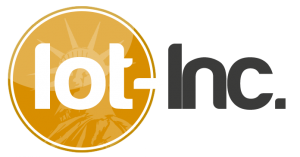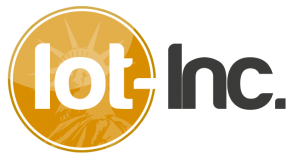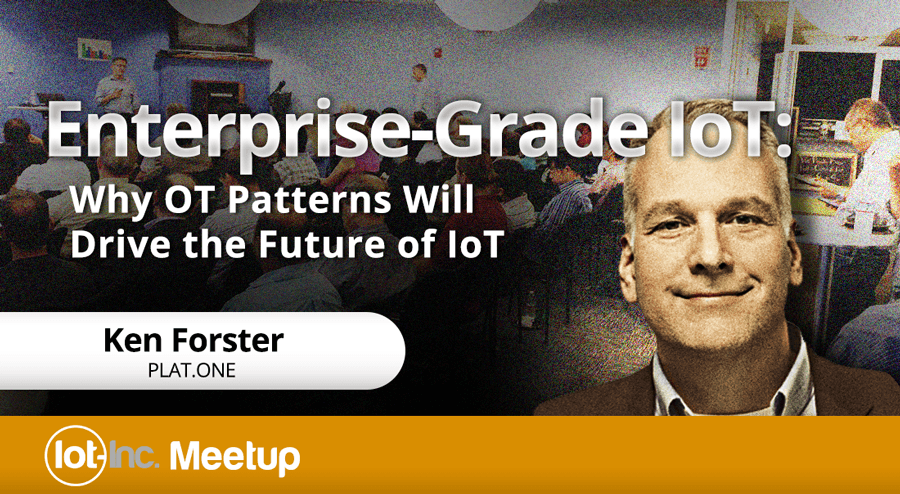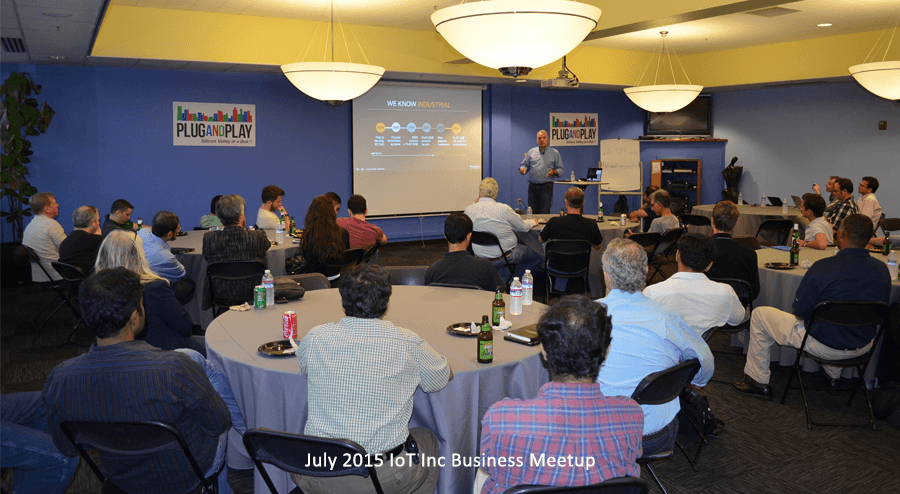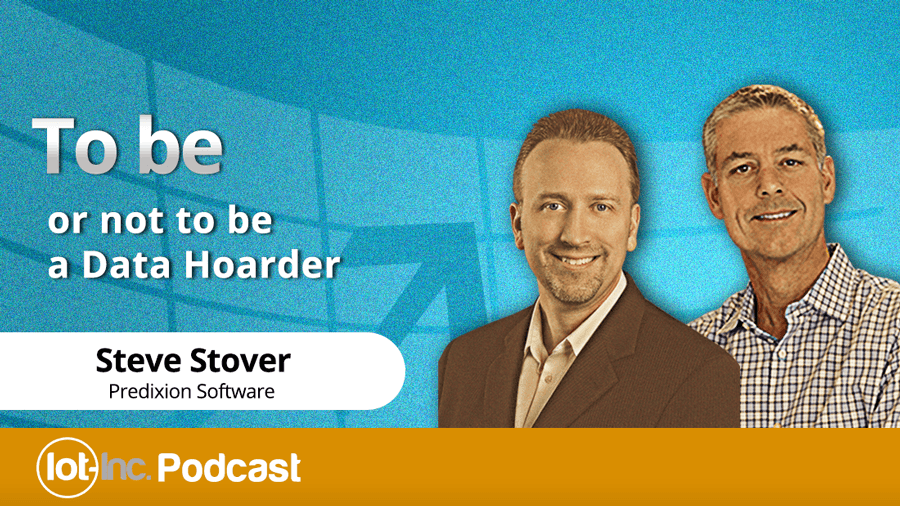24 Mar IoT Ecosystems – the Business Counterpart to Platforms

Episode 47
Listen to this analysis episode (or read the transcript) with Bruce Sinclair where he analyses the latest IoT news from a business perspective. In this episode Bruce tees off from the Apple CareKit announcement to discuss why ecosystems are so important and how they differ from IoT platforms ...
